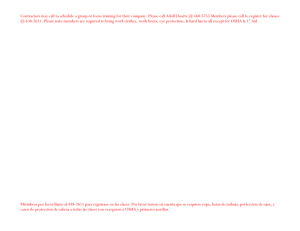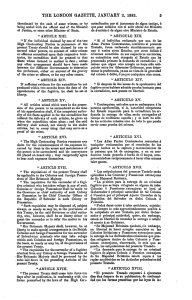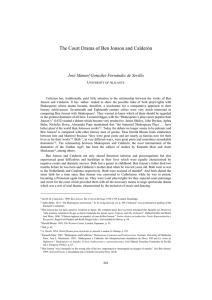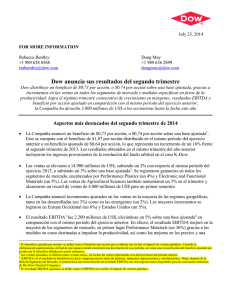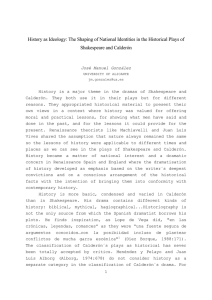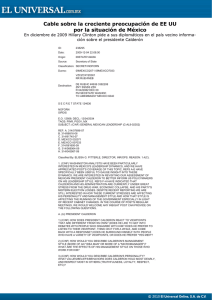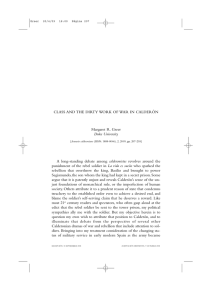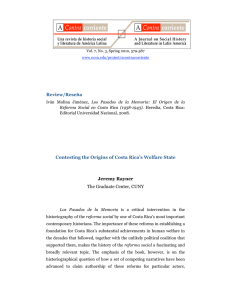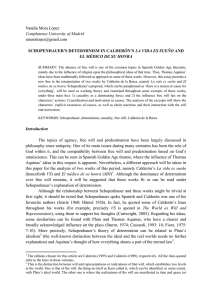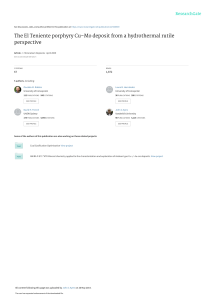ACCioNES NAVALES DE JULio DE 1941 Naval actions in July 1941
Anuncio
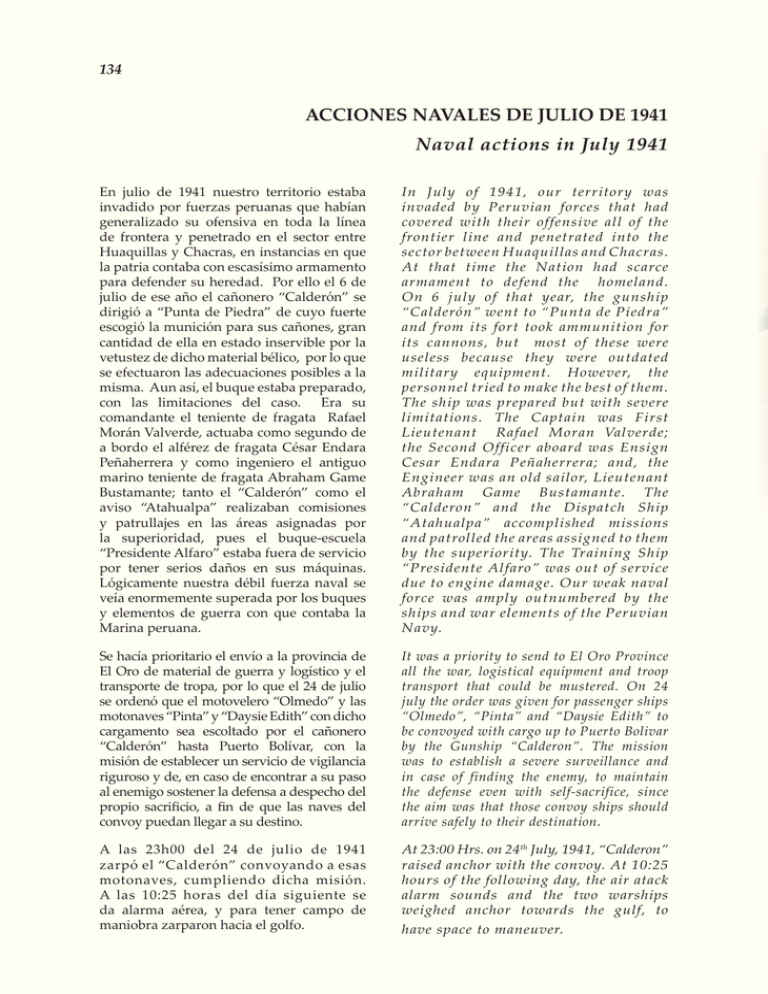
134 ACCIONES NAVALES DE JULIO DE 1941 Naval actions in July 1941 En julio de 1941 nuestro territorio estaba invadido por fuerzas peruanas que habían generalizado su ofensiva en toda la línea de frontera y penetrado en el sector entre Huaquillas y Chacras, en instancias en que la patria contaba con escasísimo armamento para defender su heredad. Por ello el 6 de julio de ese año el cañonero “Calderón” se dirigió a “Punta de Piedra” de cuyo fuerte escogió la munición para sus cañones, gran cantidad de ella en estado inservible por la vetustez de dicho material bélico, por lo que se efectuaron las adecuaciones posibles a la misma. Aun así, el buque estaba preparado, con las limitaciones del caso. Era su comandante el teniente de fragata Rafael Morán Valverde, actuaba como segundo de a bordo el alférez de fragata César Endara Peñaherrera y como ingeniero el antiguo marino teniente de fragata Abraham Game Bustamante; tanto el “Calderón” como el aviso “Atahualpa” realizaban comisiones y patrullajes en las áreas asignadas por la superioridad, pues el buque-escuela “Presidente Alfaro” estaba fuera de servicio por tener serios daños en sus máquinas. Lógicamente nuestra débil fuerza naval se veía enormemente superada por los buques y elementos de guerra con que contaba la Marina peruana. In July of 1941, our territory was invaded by Peruvian forces that had covered with their offensive all of the frontier line and penetrated into the sector between Huaquillas and Chacras. At that time the Nation had scarce armament to defend the homeland. On 6 july of that year, the gunship “Calderón” went to “Punta de Piedra” and from its fort took ammunition for its cannons, but most of these were useless because they were outdated military equipment. However, the personnel tried to make the best of them. The ship was prepared but with severe limitations. The Captain was First Lieutenant Rafael Moran Valverde; the Second Officer aboard was Ensign Cesar Endara Peñaherrera; and, the Engineer was an old sailor, Lieutenant Abraham Game Bustamante. The “Calderon” and the Dispatch Ship “Atahualpa” accomplished missions and patrolled the areas assigned to them by the superiority. The Training Ship “Presidente Alfaro” was out of service due to engine damage. Our weak naval force was amply outnumbered by the ships and war elements of the Peruvian Navy. Se hacía prioritario el envío a la provincia de El Oro de material de guerra y logístico y el transporte de tropa, por lo que el 24 de julio se ordenó que el motovelero “Olmedo” y las motonaves “Pinta” y “Daysie Edith” con dicho cargamento sea escoltado por el cañonero “Calderón” hasta Puerto Bolívar, con la misión de establecer un servicio de vigilancia riguroso y de, en caso de encontrar a su paso al enemigo sostener la defensa a despecho del propio sacrificio, a fin de que las naves del convoy puedan llegar a su destino. It was a priority to send to El Oro Province all the war, logistical equipment and troop transport that could be mustered. On 24 july the order was given for passenger ships “Olmedo”, “Pinta” and “Daysie Edith” to be convoyed with cargo up to Puerto Bolivar by the Gunship “Calderon”. The mission was to establish a severe surveillance and in case of finding the enemy, to maintain the defense even with self-sacrifice, since the aim was that those convoy ships should arrive safely to their destination. A las 23h00 del 24 de julio de 1941 zarpó el “Calderón” convoyando a esas motonaves, cumpliendo dicha misión. A las 10:25 horas del día siguiente se da alarma aérea, y para tener campo de maniobra zarparon hacia el golfo. At 23:00 Hrs. on 24th July, 1941, “Calderon” raised anchor with the convoy. At 10:25 hours of the following day, the air atack alarm sounds and the two warships weighed anchor towards the gulf, to have space to maneuver.


